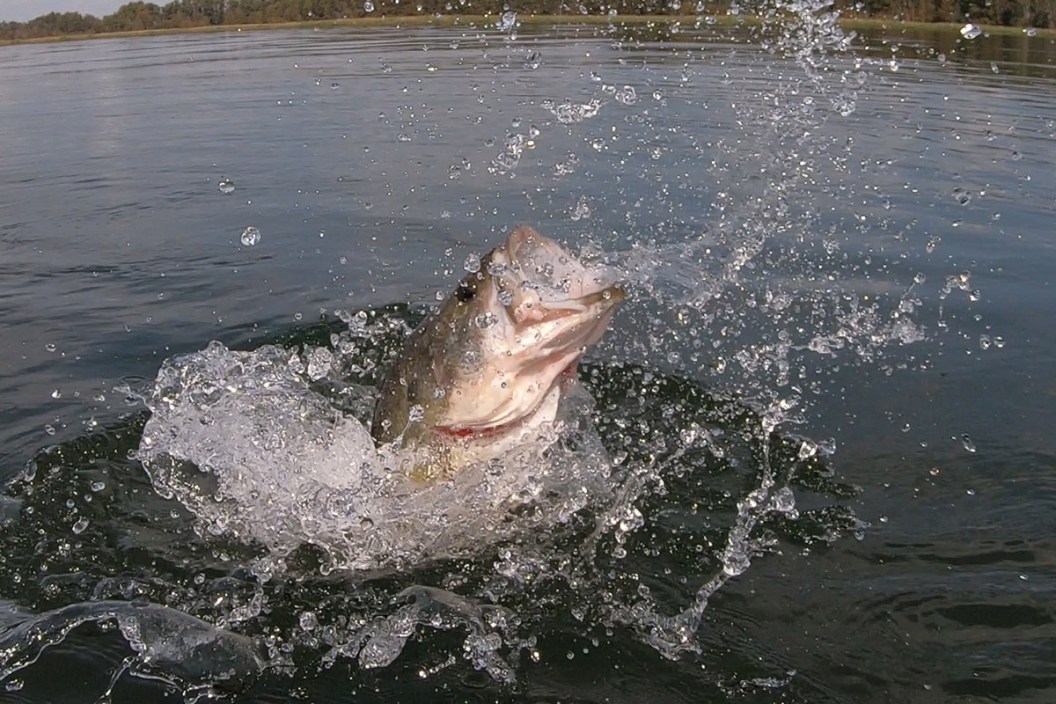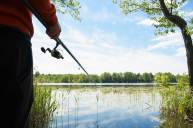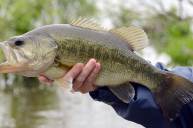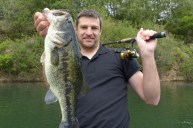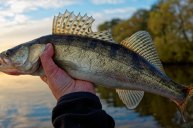Most fall days on the upper Mississippi River, Minnesota pro Austin Felix is just winging it. The 2020 Bassmaster Elite Series Rookie of the Year is definitely a laid-back guy, but don't mistake this for complacency—he's a man with a plan that involves capitalizing on seasonal fish movement by targeting one of the most dependable autumn scenarios: wing dams.
Essentially man-made rock piles protruding diagonally down-current from the river bank, wing dams direct the water flow toward the swifter main channel. This does two things: It reduces sediment build up, while minimizing shoreline erosion. Actually, there's a third benefit: fish magnets.
"On the Mississippi River, fall is the best time to be targeting wing dams because the water level is about as low as it's going to be all year," Felix said. "Also, the water temperature is falling, so fish are pulling out of the backwaters, plus all the bait tends to pile up on top of the wing dams.
"A lot of the largemouth and smallmouth will winter behind a wing dam in those deeper holes (carved by overtopping water flow). It's kind of the perfect storm."
Target Acquisition
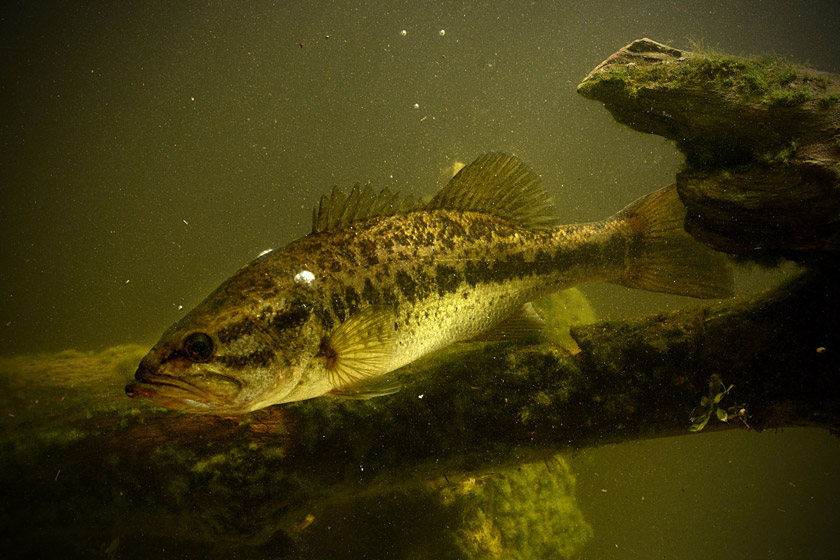
Getty: FtLaudGirl
The Mississippi also has a lot of back channel wing dams, but as fall water levels decline, most of the action occurs on the main channel. Here's how it goes down.
Navigational charts will clearly show the wing dams, but you'll typically see surface evidence of water breaking over something solid below. Also take note of bird activity, as those gulls and terns won't miss a baitfish school near the surface. While fish could conceivably hold anywhere along a wing dam, Felix said 90 percent of the time, he finds the fish on the tip of the wing dam or at the shallow end.
"A lot of it depends on how old the wing dam is or how new it is," Felix said. "Depending on how much current it gets, it'll be silted in or it'll be really rough and there will be areas you won't be able to fish too well because it's too snaggy."
Wisconsin's Pat Schlapper, who also competes on the Elite Series, puts in plenty of wing dam time and finds a selective strategy works better than a run-and-gun deal. Nothing wrong with simply fishing your way downriver in hopes of running into a good bite—it does happen—but Schlapper's keen on targeting structures with character.
"You can catch fish on a straight wing dam, but the best ones have something unique, like a sand flat behind or in front or a blow-through creating a ditch and current seam," Schlapper said.
On a larger scale, a wing dam that's tied into something else like a point or the head of an island where a side channel dumps in near the structure presents a more dynamic scenario that'll surely interest hungry bass. Simple rule: More reasons for baitfish to gather means more predator appeal.
Limbs and logs washed into the wing dam can enhance the appeal with additional cover to which bait and bass might relate. Just consider the increased snag potential for subsurface baits, as well as the possibility of entangling a hooked fish.
Also, just like a riprap bank, rocks occasionally tumble from a wing dam's stack and leave perimeter satellites. Spot such peripheral structure on your sonar and you might find a catchable fish parking during the midday slump. And, don't ignore the broadly applicable bass fishing premise of isolation. To this point, Minnesota Elite Seth Feider's a big fan of locating a lonesome wing dam. While you'll often find these structures spaced every 100-200 yards, a single wing dam within a mile stretch of river is no different than that one stump in the pond or that lone dock in the back of a pocket.
"There are a lot of areas where they're stacked, like 40 of them in a row and they're identical, so, isolated wing dams can be really good," Feider said.
Tested Tactics
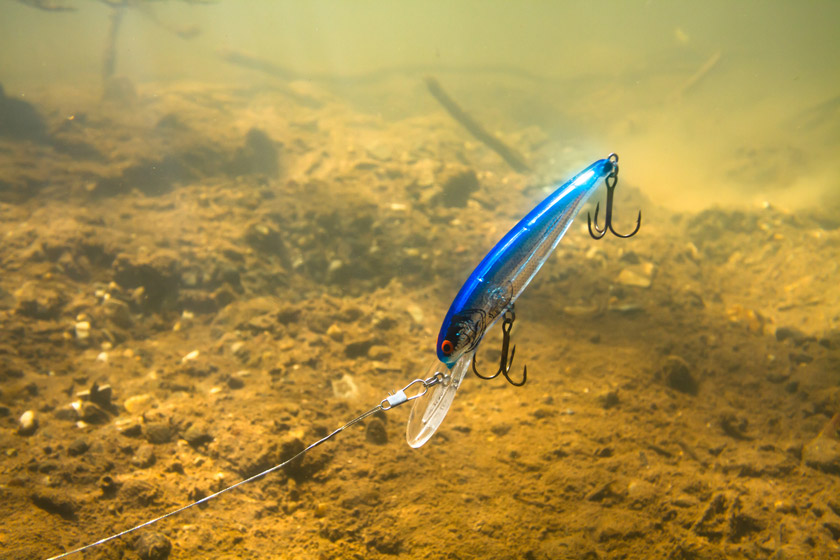
Getty: PavelRodimov
From experience, Felix finds mornings best for peak activity, as predators take advantage of the lower light to ambush gathering bait schools. Also, while fall's generally advancing with cooler temperatures, a warm, sunny day will inherently make the deeper, dimmer areas more attractive.
Aggressive fish positioning on a wing dam's top front are suckers for reaction baits like spinnerbaits, bladed jigs, and swimbaits—as long as you keep the rod tip up to avoid snagging the structure. Hands down, though, nothing beats a walking or popping topwater for efficiency and excitement.
"When I'm in a tournament, I just run as many wing dams as I can with a topwater," Felix said. "If they're there, they'll show themselves.
"Obviously, if you have a cloudy day, that morning bite lasts longer. After that, you can still catch them on wing dams, but you'll probably have to move to a subsurface bait, whether it's a jerkbait or a swimbait or even dragging a Carolina rig or a shaky head."
Boat positioning is key and Feider notes that, with the exception of probing a wing dam's down current side during a lull, presenting those reaction baits from well upcurrent is key.
"It's important to get your bait past the fish before you bring it through there," Feider said. "If you throw directly where the fish are sitting, you're not going to catch as many."
